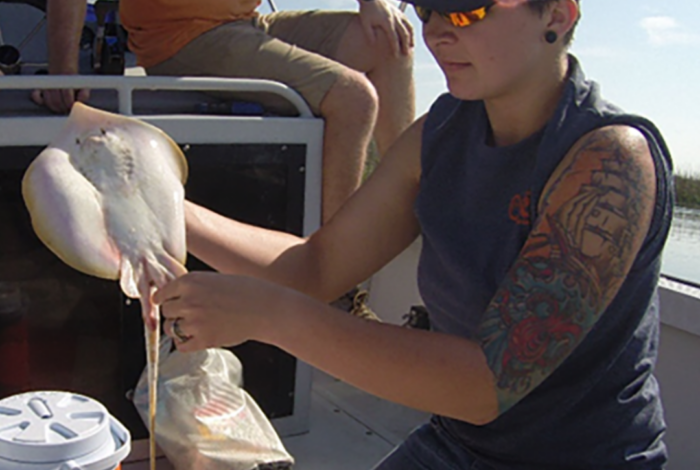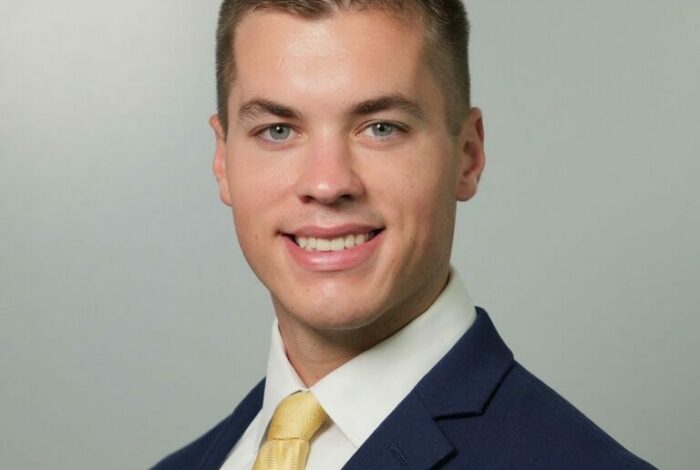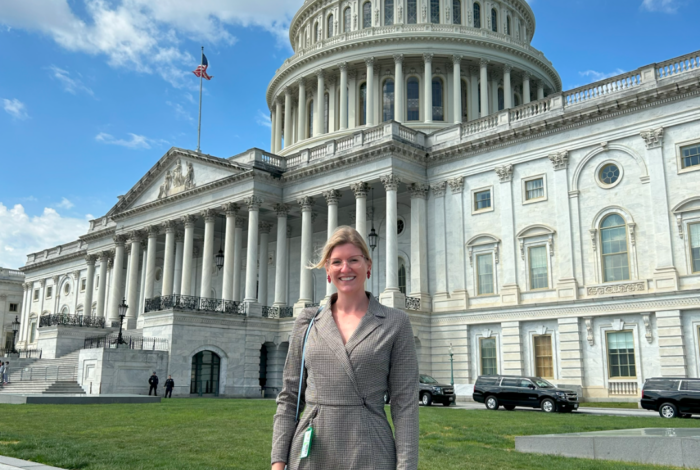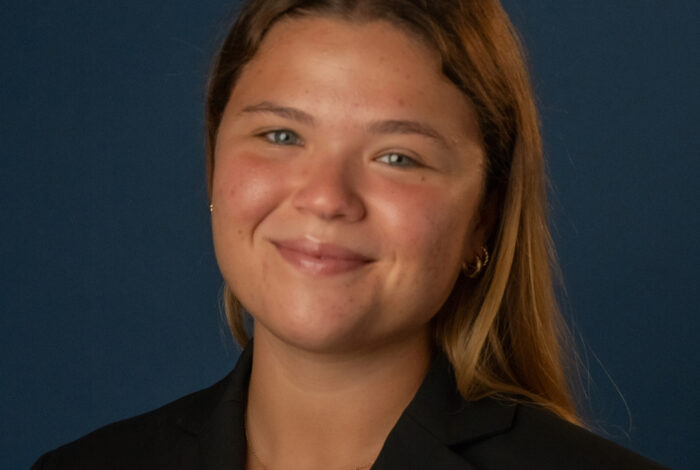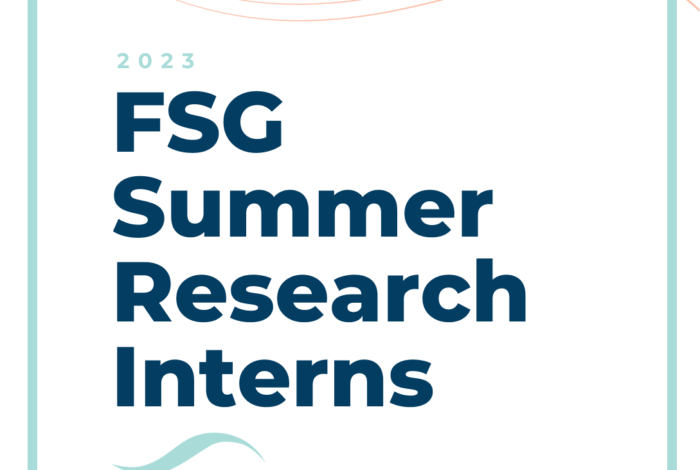Step 1: Pitch a story idea.
Pitch us a story or content idea if it has some relationship to the FSG focal points, which include but are not limited to: seafood safety, aquaculture and fisheries management, coastal ecosystems ecology, coastal planning, coral disease, clean boating, sustainable fisheries, harmful algal blooms and oil spill science.
When drafting a pitch, consider/answer these questions:
- What is your story about?
- Why is the topic you are covering timely?
- Why are you the right person to write this story?
- Do you plan to consult sources? If so, who or what?
- How does your story help your audience? Can it help them…
- Solve a problem?
- Achieve a goal?
- Understand a complex issue?
- Help them with a student application process?
All pitches can be sent to Florida Sea Grant’s Science Communicator, Sarisha Boodoo at [email protected]. We will also be available to answer any questions and provide feedback.
Step 2: Submit a full story:
Once your pitch has been approved, you will submit your story to Sarisha for review and approval.
